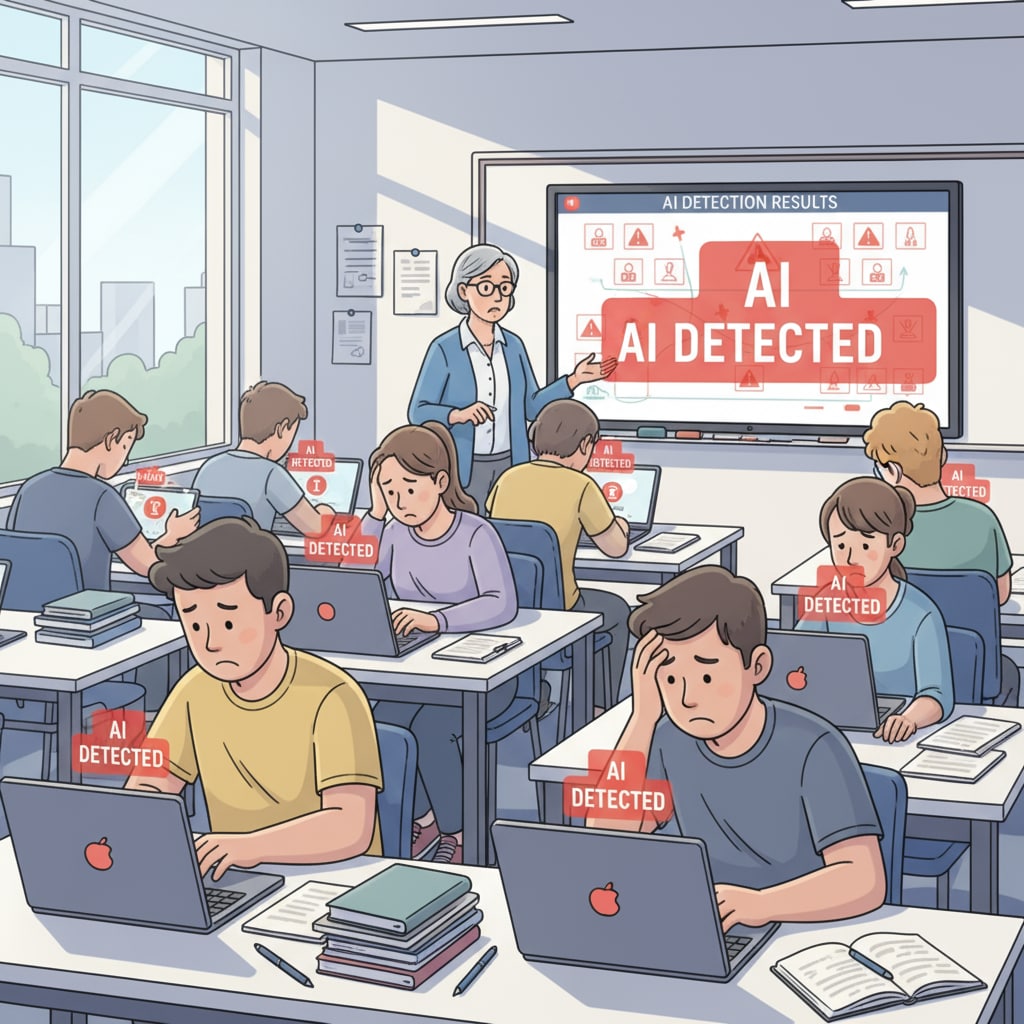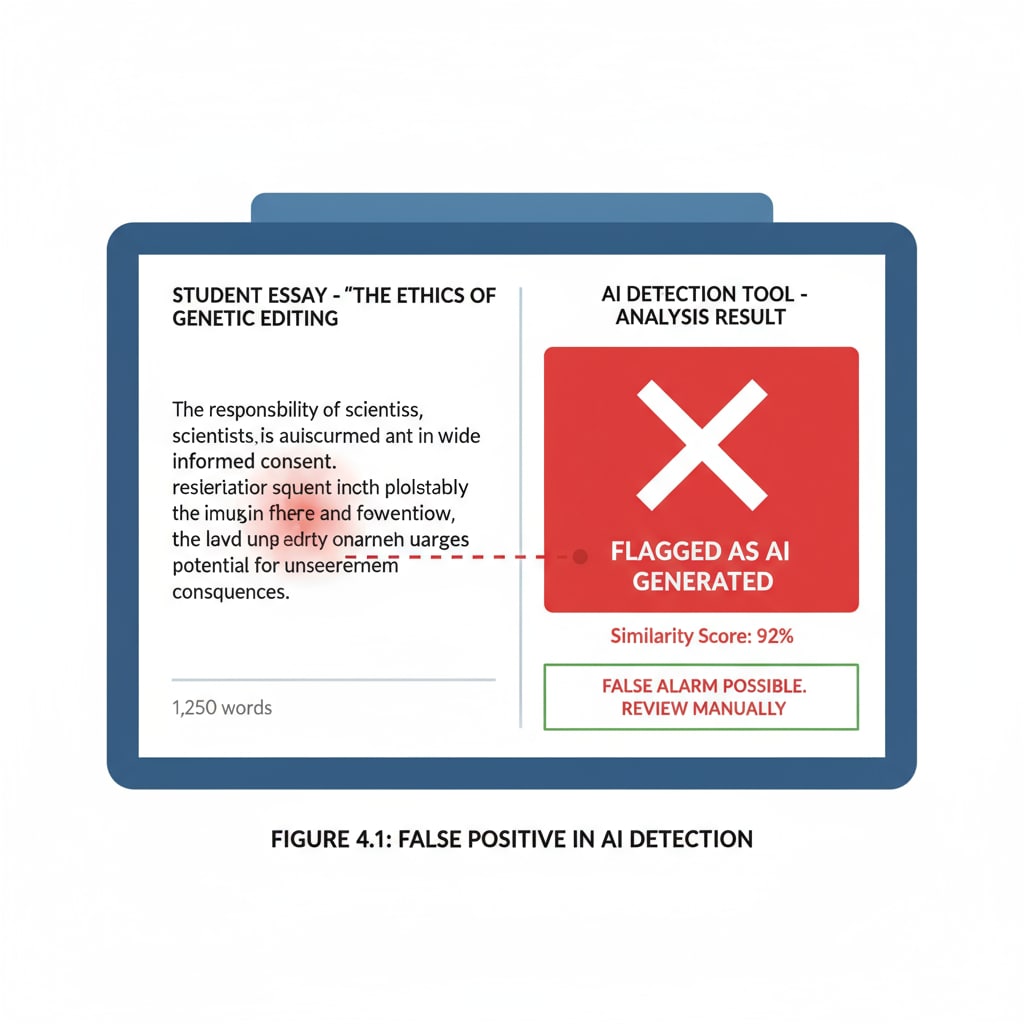In the realm of high school education, the intersection of creative writing, AI detection, and student creativity has become a topic of great concern. AI detection tools, while intended to combat academic dishonesty, are unfortunately having a detrimental impact on students’ creative writing endeavors.
The Rise of AI Detection in Creative Writing
With the increasing sophistication of AI in content generation, educators have turned to AI detection tools to ensure the authenticity of students’ work. These tools analyze various aspects of a written piece, such as language patterns, vocabulary use, and sentence structure. For example, Plagiarism detection software on Wikipedia has evolved to include AI capabilities to identify potential AI-generated content. However, this has led to a new set of problems in the creative writing classroom.

The False Alarms and Their Consequences
One of the major issues is the high rate of false positives. AI detection tools often mislabel original student works as AI-generated. This can be extremely demoralizing for students. When a student spends hours crafting a creative story, pouring their heart and soul into it, only to have it flagged as inauthentic, their enthusiasm for writing takes a hit. As a result, the educational goals of fostering creativity on Britannica in creative writing courses are undermined.

Moreover, the fear of being falsely accused of using AI leads students to self-censor. They may avoid taking risks in their writing, sticking to safe and conventional styles. This limits their creativity and prevents them from exploring new ideas and unique ways of expressing themselves.
Readability guidance: The use of short paragraphs and lists helps summarize key points. Each H2 section presents a clear aspect of the issue. The passive voice is minimized, and transition words like “however” and “moreover” are used to connect ideas smoothly.


